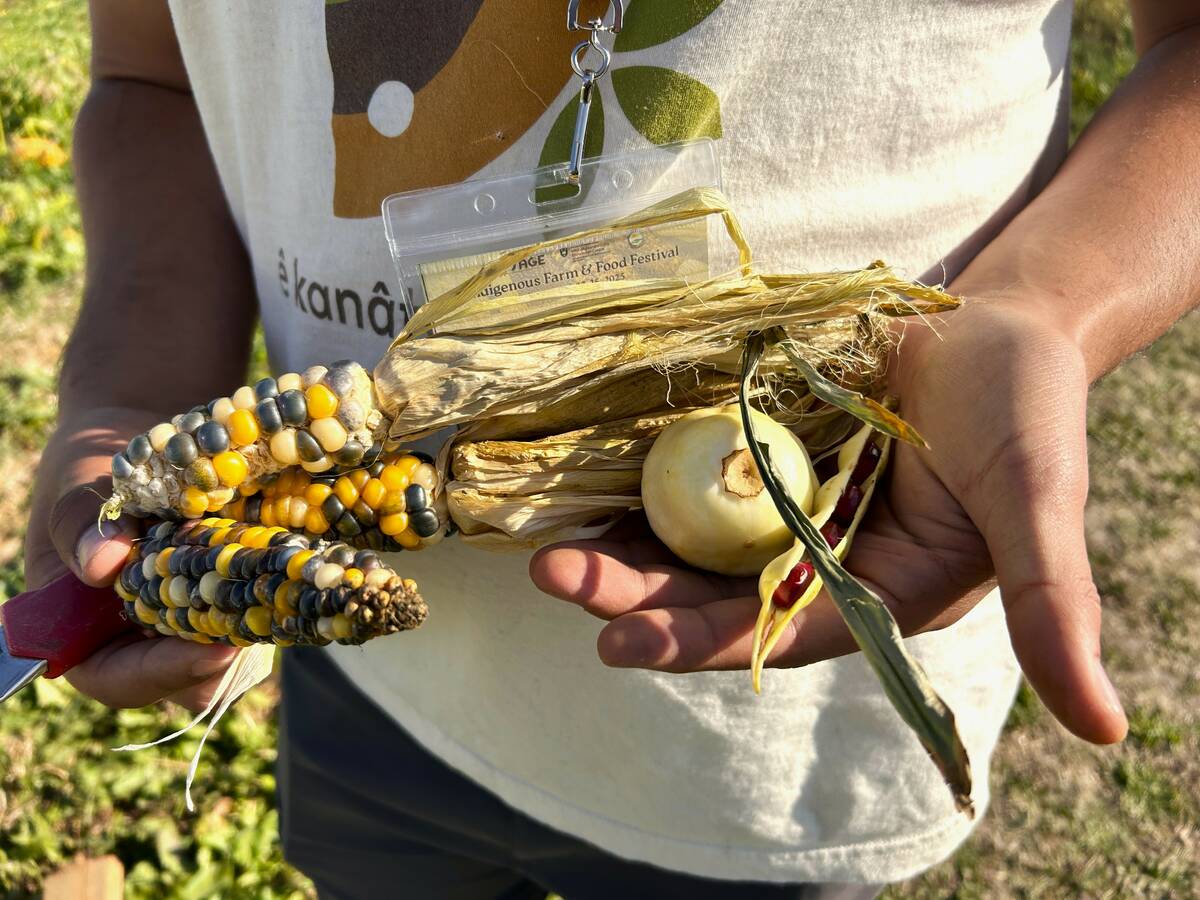Chickpeas could soon find a new fan base: hungry cows.
As chickpea production increases around the world, those crops not suitable for human consumption are being recycled into cattle feed as a partial replacement for soybean meal and cereal grains, according to a University of Saskatchewan researcher.
Peiqiang Yu and his colleagues at the Canadian Light Source (CLS), based at the U of S, are using imaging to examine the molecular structure of chickpea to determine which varieties have the highest nutritional value and best potential as a feed source.
Read Also

Regenerative practices meet Indigenous knowledge on the Prairies
What do traditional Indigenous agricultural practices and regenerative agriculture have in common? Quite a lot it turns out.
“Until now there was limited information about the nutritional values for this newly developed chickpea as ruminant feed,” he said.
The team studied CDC Cory, a new chickpea cultivated by the Crop Development Centre at the U of S.
The researchers imaged the distribution of chemical compounds like protein, lipid and carbohydrates in the chickpea tissue in pixel-sized increments.
“This information can be used for selecting superior varieties of chickpea,” said Yu, “and for predicting nutritive values.”
He said the equipment offers the particular advantage of being non-destructive.
“Unlike the commonly used wet chemistry, this technique preserves the intrinsic microstructure of samples and can detect ultra-structural chemical information within the cellular dimension.”
The research shows how synchrotron techniques can offer insights into which crops will perform best before they are produced on a mass scale. In this case, the analyses will help to ensure cows can enjoy a ‘hummus’ that is not only a tasty treat, but also a nutritious one.
“Quantifying the inherent molecular structure is vital to understanding the variation in nutrient digestibility and utilization when chickpea is used in animal feed.”
In the future, the team plans to investigate how different chickpea-processing techniques like dry heating, moist heating and microwave irradiation affect the internal nutrient components.















